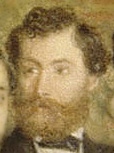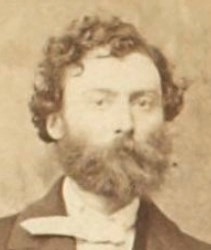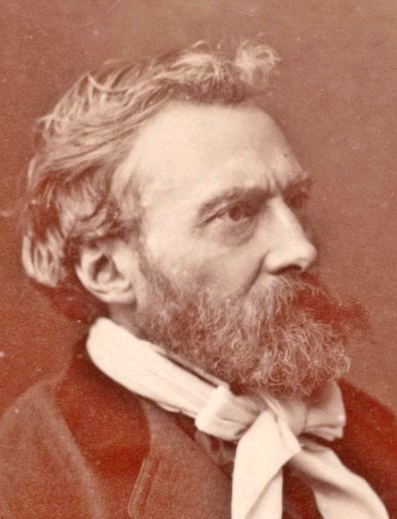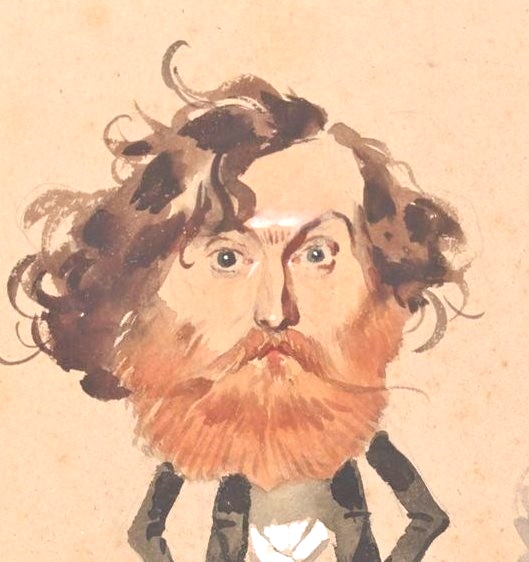Charles-Philippe, marquis de Chennevières (1820 –1899), historian, writer, conservator Luxembourg Museum
1st image: Soirée; 2nd: photo from Receuil: Portraits d'artistes (Bayard & Bartall)(1850s); 3rd: photo by Nadar 1870); 4th: caricature by Eugène Giraud drawn April 04, 1851, at Nieuwerkerke's soirée.
The erudite conservator Charles-Philippe, marquis de Chennevières-Pointel, was a welcome guest at de Nieuwerkerke’s vendredi-soirées from their inception in 1850.
Writing, history, and art collection were his greatest passions. His intellect, refined taste for design, and extensive artistic travels with Ernest Lafontan, the brother of his future wife Inès, led to his appointment as administrator of the Louvre in May 1846. There, he observed that museum conservators largely dictated the artistic landscape, with artists regarded primarily as providers of exhibition material —an observation that remains relevant even two centuries later.
Promoted to inspector of museums in 1847, Chennevières dedicated years to improving the quality and diversity of provincial art collections, fostering collaboration between institutions, and facilitating the rotation of Louvre artworks to regional museums. His nine essays on The Organization of Art in the Provinces advocated for standardizing museum procedures and centralizing them under state control —effectively laying the foundations for modern museology.
Alongside his professional work, he wrote novels depicting rural life in his native Normandy, using the pseudonym Jean de Falaise.
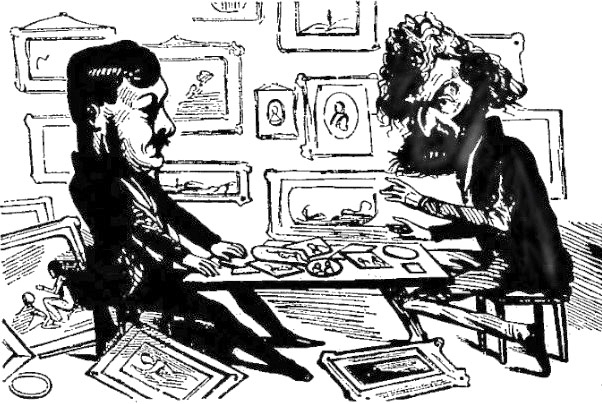
In 1852, de Nieuwerkerke16 enlisted Chennevières’ expertise to assist with organizing major exhibitions —a responsibility he upheld until 1869. Over these eighteen years, he was inundated with letters from renowned artists such as Ingres39, Delacroix10, and Flandrin79, either endorsing their students’ works or complaining about the placement of their own paintings —too high, too low, or poorly lit. That same year, he revolutionized exhibition design by grouping works by artist rather than distributing them across galleries, enabling visitors to better recognize individual artistic styles.
In 1861, de Nieuwerkerke entrusted Chennevières with responsibilities at the Luxembourg Museum, first as adjoint and, from 1868, as conservateur.
In his memoir, Souvenirs d’un directeur des Beaux-Arts (1883), Chennevières recounts how he and Soulié34 posed for François Biard36 in his disorganized atelier overlooking Place Vendôme.
Though he regarded Biard’s Soirée au Louvre as artistically weaker than Heim’s celebrated Charles X Rewarding Artists, he nevertheless found it historically fascinating, stating:
“It provides the portraits of artists of the second quarter of the century [and presents] one of the historic pages of the Louvre’s history.”
He lamented that this significant painting—commissioned and owned by the emperor—was never given to the Louvre, where he believed it rightfully belonged.
